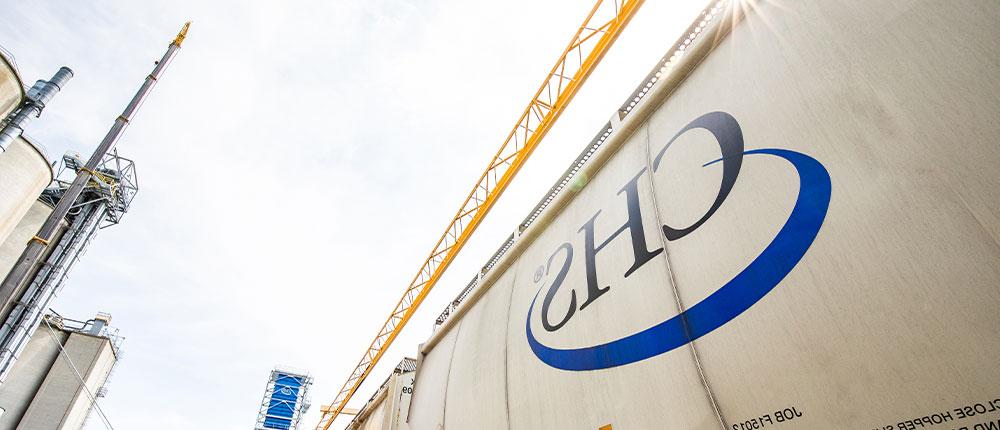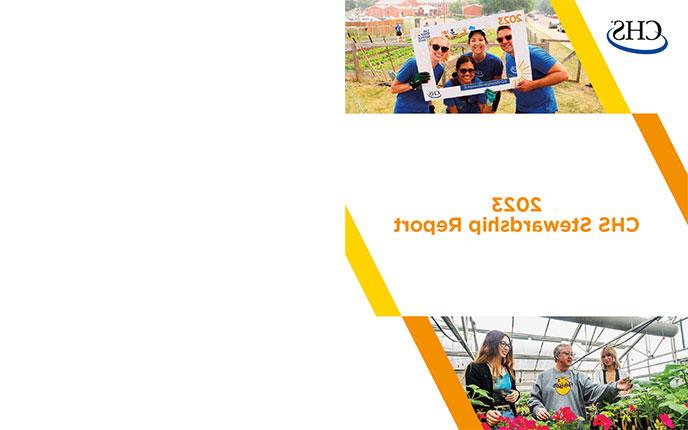Next-generation cowboy educates consumers and explores regenerative agriculture

Kyler Beard prefers using his horse and border collies to move cattle from one pasture to the next every two to three days, focusing grazing efforts on improving soil health.
Kyler Beard is part of a new generation of cattle ranchers who are diving into sustainable practices, unique feed sources and direct marketing to educate beef consumers.
Beard describes himself as a first-generation cowboy and “the cow grass guy.” His grandfather was a rodeo stockman who raised bucking horses for the rodeo circuit. In his 20s, Beard was working toward a career like his grandfather’s when he realized his true calling was raising cattle for consumers. He coupled that with his other passions — raising horses and training border collies — and began leasing grass and managing yearlings on grass. Now he also runs cow-calf pairs and replacement heifers.
He says he’s most at home in a pasture or on horseback, moving his cattle from one pasture to the next with his dogs.
“The stockman aspect is what I feel I have a knack for,” Beard says. “There’s nothing better than having a nice day when the wind’s not blowing so your dogs can hear you, riding a nice horse and moving cattle around in belly-deep grass.”
In tune with the land

Beard lives near Ellensburg, Wash., which he calls a mecca for regenerative agriculture, a conservation and rehabilitation approach to food and farming systems. Regenerative ag focuses on topsoil regeneration, increasing biodiversity, enhancing ecosystems and supporting biosequestration.
After taking a class on pasture management and rotation, which incorporated many of those practices, Beard came back to Ellensburg fired up to practice what he’d learned.
Beard and his wife, Judy, have been raising cattle as Beard Ranch for more than a decade. Over the past few years, their operation has evolved into PNW Beef, a sustainable cattle operation that markets itself as modern technology with a hint of the Old West. Chase and Sarah Hunter are co-owners of PNW Beef with the Beards.
PNW Beef direct-markets boxes of Black Angus beef to consumers across the Pacific Northwest. Chase handles the feeding operation, while Sarah manages social media marketing and box packing. Kyler manages the grazing operations, with the help of Judy and their 10-yearold daughter, Josie. This summer, PNW Beef is running about 500 cow-calf pairs and 250 replacement heifers.
The operation’s summer pastures are northwest of Ellensburg, near Cle Elum, Wash. Beard moves the cattle to new pasture every two to three days, often near or through areas of vacation homes and housing developments. He attracts plenty of attention when he moves his cattle by horseback with the help of his border collies, who keep the cattle heading in the right direction.
Nature’s topsoil managers

Beard says he focuses grazing efforts on improving soil health, leaving the pastures better than how he found them.
“The cattle are managing the topsoil,” he says. “What cattle do really well is break up the topsoil so native grasses can come up. By walking across it, they break up the crust so the rain cycle can be effective.”
Where others see disturbed ground, he sees a hoofprint that cradles precious water. “Breaking that crust gives the successional grasses a chance to grow,” he says. “That’s probably the neatest thing to see — the diversity in plant types after cows go through.”
He says most landowners around Cle Elum don’t understand much about soil health, but being located in the middle of the Cascade Mountains means many are well schooled on wildfire risks. They can see the reduction in fuel loads after cattle graze an area, making the area more resistant to wildfire.
“A lot of the reason why I’ve gotten more grass is because people drive by and see the changes,” he says. “Start walking around and you can feel the difference in the soil being spongy underneath your feet compared to the stuff right next to it that hasn’t had cattle on it. Cows on the landscape are now becoming known as a good thing.”
Beard does a fair share of education on social media. He posts frequently on TikTok and Instagram under the handle @beef_maker428 (and often with the hashtag #cowboyswillsavetheplanet), sharing tips on pasture management, low-stress stock handling and cattle dog training.
Unique formulation

While PNW Beef cattle are on pasture, Beard supplements natural grasses with Payback® mineral. He strategically places mineral tubs to encourage cows to trample weeds, giving native grasses space to grow.
During the winter or when cattle are being finished in the feedlot, PNW Beef feeds brewers grains, bakery waste and hay mixed with a variety of Payback feeds, a CHS brand. “One thing I like about Payback feeds is the different kinds of feeds you can get for the different stages of cattle production,” Beard says. “I keep Payback mineral in front of my cow-calf pairs at all times. I’ve also used Payback Head Start starter feed, which is phenomenal to help stressed calves get going.”
Nature’s upcyclers
As Beard was looking for less costly, more sustainable feed sources, he learned about bakery waste and brewers grains, residue left after processing germinated and dried cereal grains (malt) for beer and other malt products. He forged a relationship with nearby Iron Horse Brewery, which had an abundance of brewers grains.
Brewers grains resemble oatmeal mash. PNW Beef uses a mixer wagon to combine it with hay, Payback mineral and bakery waste. Feeding brewers grains to cattle keeps the byproduct out of landfills and upcycles it into a consumer product.
“From an animal nutrition aspect, using byproducts such as spent brewers grains and bakery waste creates a unique diet that requires a bit more formulation,” says Jena Ozenna, the CHS animal nutrition consultant who works with Beard to find the right Payback formulations to keep his cattle healthy and gaining.
PNW Beef is forging a path forward with a multi-pronged approach, using creative problem-solving to grow the operation, while educating consumers who are hungry to learn more about the origins of their food.
Direct to consumers

While many of its finished cattle go to traditional beef processors, PNW Beef processes 60 to 70 head of pasture-raised, spent-grain beef every year to sell directly to consumers online through its website (pnwbeef.net) and social media. The company offers weekly specials and monthly subscriptions, called PNW Beef Eater Memberships, with deliveries ranging from monthly to every four months. PNW Beef also sells beef at the Roslyn, Wash., Farmers Market each summer.
“I love PNW Beef,” says Jena Ozenna, the CHS animal nutrition consultant who works with PNW Beef. “There’s no better product out there on the market. The flavor profile is based on the ingredients they use, and it’s such a tender product.”
Beef for schools
Some North Dakota ranchers are also coming up with a unique way to raise awareness about local beef. The North Dakota Beef to School program brings locally raised beef, processed in local meat processing plants, to school lunch trays.
“We are getting local beef out in front of kids, showing them where it comes from and who is raising it,” says Payback® feeds customer Corey Hart, Chaseley, N.D.
Hart is a member of the Independent Beef Association of North Dakota (I-BAND), which developed the program in 2021 as a way to encourage local school districts to buy North Dakota beef. He is also a member of Bowdon Meat Processing, a local meat processing co-op in Bowdon, N.D., which sells beef to North Dakota school districts through the program.
In the past, most North Dakota schools were buying their beef through commodity beef processors. School districts often didn’t realize they could use their lunch program dollars to buy local beef from local processors for the same or slightly higher prices.
“We raised awareness that they aren’t bound to buy a commodity burger,” Hart says.
Sold on taste
Reactions from school foodservice teams and students have been positive, and the I-BAND team hopes to see even more North Dakota beef on lunch trays this school year.
“We are seeing more schools transitioning to buy local beef,” Hart says. “They are impressed with how good the quality and taste is.”
He says kids in rural school districts are excited to see beef from their communities on their plates, while kids in urban districts recognize that it tastes better and fresher. Buying North Dakota beef is keeping dollars in the community and supporting stronger rural communities across the state, something Hart hopes to see other states replicate.
Check out the full issue of C magazine with this article and more.




